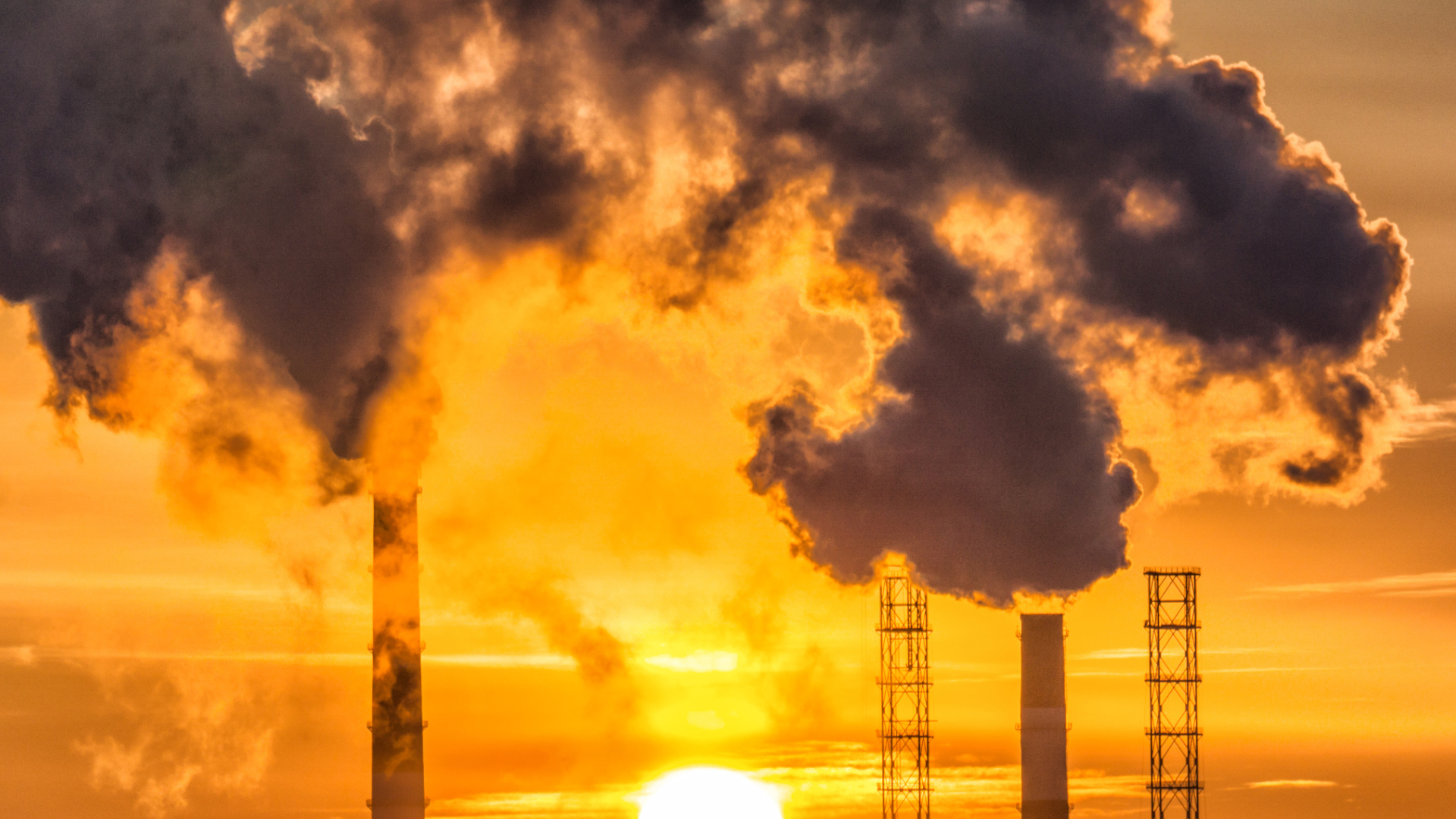

Environmental Forensics
Forensics in the Natural Environment
Detection and characterization of materials in the natural environment for the purposes of forensic analysis requires accurate elemental analysis at low levels of detection. Whether tracking illegal release of toxic chemicals on land, in streams or in the atmosphere, detection of residues indicating past illegal activities, or using the compositions of materials in the natural environment in crime scene investigation, Bruker's analytical solutions provide the right tools for forensic environmental analysis.
Hydrocarbon Contamination Evaluation by FT-IR Spectroscopy
Even just one drop of oil can result in making up to 600 liters of drinking water unsafe for human consumption. Sadly. every year immense amounts of hydrocarbons like used oil, lubricants and fuel are illegally dumped into the environment.
Exactly in such cases it is immensely important to determine the strength of the contamination as well as the origin of the respective hydrocarbon.
By using solid phase extraction techniques and FT-IR spectroscopy it is possible to perform such analyses on site, almost instantly and without consumables or solvents.
Rapid Analysis of Stream Waters by TXRF to Track Toxic Waste Discharge
Release of toxic waste and hazardous chemicals into the environment, contaminating streams and waterways, causes immense damage to ecosystems and is dangerous to community health. Tracking down the origins of deliberate or accidental waste discharge is a key role of forensic water analysis and can require a rapid response approach to the collection and analysis of water samples taken from streams or groundwater bores.
Water analysis by traditional methods such as ICP-MS/OES is expensive due to the cost of instrumentation and consumables and can have long turn around times for results. An alternative approach is total reflection X-ray fluorescence (TXRF). Bruker's field deployable S2 PICOFOX and lab-based S4 TSTAR provide ppb-level detection of common water contaminants in small samples, with fast and simple sample preparation. Bruker's water analysis solution provide high-precision results quickly, enabling rapid detection and characterization of toxic wastes released into the environment, allowing responsible parties to be apprehended and remediation efforts to be implemented.
Micro-beam Characterization of Soils and Mineral Particles
Forensic analysis of soils involves the integration of multiple fields to characterize soils for the purposes of aiding criminal investigations. Different characteristics of soils may help investigators understand a crime scene, whether a burial has occurred, or even retain traces of human remains. One aspect of forensic soil analysis involves fingerprinting the constituents of soils to derive a soil provenance, linking it to a specific geographic location.
Approaches to fingerprinting soils include elemental characterization of mineral grains and other particulate matter that may be present in a forensic sample. Bruker's M4 TORNADO allows rapid analysis of minimally prepared samples without the need for a conductive coat; samples may be scattered on carbon tape and quickly scanned. With a spot size down to <20 um, even small mineral grains are detected. Elements measured in each grain allow easy identification of the minerals present and their relative abundances. Where collected due to transfer – on a shoe or on clothing – these data can be used for direct comparison to samples taken at crime scenes or to databases of common regional soil types.
Industrial and Environmental Monitoring of Toxic Gases
The detection, identification and quantification of leaks of certain toxic gases and vapors in chemical plant and in chemical transport have proved to be a challenge. Yet, technologies that meet these requirements have existed for several years, and provide rapid and accurate determination of specific toxic gas and vapors in ambient air.
In this field, two techniques stand out as excellent solutions. Ion Mobility Spectrometry (IMS) provides ultra-high sensitivity to a specific range of highly toxic chemicals, being generally applied to the detection of substances at specific points in a chemical plant.
Infrared spectroscopy (IR) is a technique that is also well suited to the detection of a broad range of toxic gases and vapours, and system offered by Bruker is designed for the volumetric detection of toxic pollutants over a broad area.
Detect the following gases (and more) in air down to low parts per billion levels:
- Chlorine, Ammonia, Sulfur dioxide
- Hydrogen cyanide and alkaline metal cyanides (as HCN)
- Chloro-organic compounds
- toluene diisocyanate (TDI)
- Dimethyl sulphate (DMS)
The accuracy, speed, reliability and sensitivity of the Bruker detection instruments can help to eliminate long shut down periods in production, by helping to detect and locate leaks quickly.
Further, their rapid response plays a vital role in protecting workers and the surrounding community from dangerous gases by locating either major releases or minor leaks in just minutes, when currently used technologies can take hours.
Bruker detectors can even pay for themselves by preventing one major factory incident and will operate for years; improving operator well-being and increasing productivity.
Other Bruker Solutions for Criminal Forensic Analysis
Portable XRF
Bruker's TITAN and CTX XRF solutions for elemental analysis from Mg to U of solids and liquids in a fully mobile format. Used for rapid for identification of materials, or for fully quantitative compositional analysis.
TXRF
The field transportable S2 PICOFOX and lab-based S4 T-STAR total reflection XRF spectrometers for elemental analysis of liquids and solids down to sub-ppb detection limits without the need for complex lab infrastructure.
FT-IR and Raman spectroscopy
We offer a selection of compact and powerful spectrometers for on-site and laboratory analysis, providing fast and reliable chemical analysis of evidence.
FT-IR and Raman microscopy
asd For micro chemical analysis we offer a comprehensive portfolio of Raman and Infrared microscopes that are perfectly suited to analyze smallest traces as well as brittle or sensitive evidence